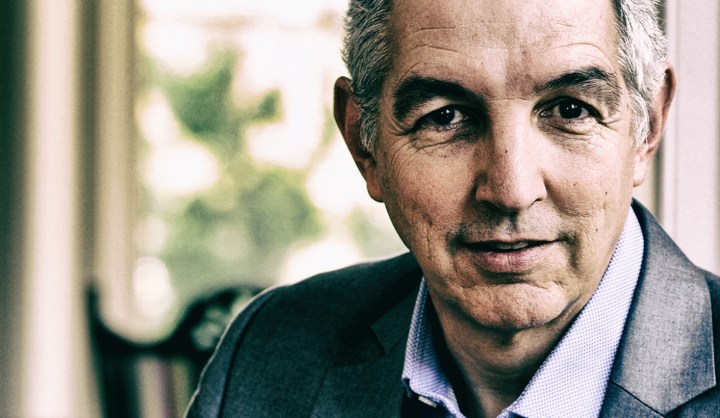South Africa
Right of Reply: We should think more carefully about what artworks are displayed in everyday public spaces

How UCT takes account of the range of responses to works of art and their curation will require an explicit discussion about such matters. By MAX PRICE.
On 4 August 2017, Daily Maverick republished an article in which two artists were quoted in an introductory paragraph. Their quotes were in response to a guest column I published in July on a different media platform, in which I attempted to make sense of why many students and staff may experience the University of Cape Town as racist.
I tried to show how a range of practices and places on our campuses might unwittingly reiterate long-standing tropes of white superiority. Most of the article addressed examples such as language and fluency, role models, and a specific cultural capital. My point was to highlight that even though these practices and symbols are not driven by racist individuals or racist motives, we still need to acknowledge their effects on the experience of staff and students.
In one section of the article, I referenced a series of leading photographers who have produced compelling documentation of the ills of apartheid South Africa. Paul Weinberg has reacted to this section, saying I am in effect accusing him and the others of institutional racism through their works. This could not be further from the truth and I regret that such a misunderstanding could occur.
To be specific:
- I am not saying any of the photographers named, or their work, are racist. In fact, in the article I stated the opposite: that they were anti-apartheid activists drawing attention to the inhumane and racist manifestations of apartheid. I referred to their work as “a body of photographic work intended to reveal the callousness of apartheid”. My point is about the irony of how the context in which a piece of art is exhibited, and the audiences that view it, can shift its perceived meaning.
- The point of mentioning the artists’ names is precisely because they are so unassailably not racist. The stature and political pedigree of these artists emphasises the irony of the ways in which their works may be interpreted in the current political and ideological moment in an institution. The inclusion of the names was a sincere attempt to make the point that, in this case, institutional racism is not a result of racist individuals, but the total experience of the association of the predominantly white culture with privilege and power, and the under-representation of black aspiration and success.
- Weinberg has argued that UCT does not even hold artworks of some of the photographers I mentioned. This turns on what is meant by saying their art is in the university’s collections. They do exist as digital copies. This is what I was referring to in my article. But they are not permanently on display. The article wrongly implied that they were routinely on the walls of the institution. I apologise for this misrepresentation.
- I made no reference in the article to what should happen to the artworks that elicit such responses in the present time. I certainly did not say they should be removed or censored. I have said elsewhere, however, that we should think more carefully about what works are displayed in everyday public spaces or alternatively in designated exhibition spaces which frame the art differently and invite people to choose to enter or not. My impression from feedback from staff and students is that it is usually not about the individual artwork or any individual artist or the meaning of the particular piece, but much more about the experience of viewers of the collective mass of images on campus.
How UCT takes account of the range of responses to the works of art and their curation will require an explicit discussion about such matters. Last year’s protests delayed the process of convening these discussions. They will take place this semester, including with the artists themselves. DM
Dr Max Price is UCT Vice-Chancellor
Photo: Max Price

















 Become an Insider
Become an Insider